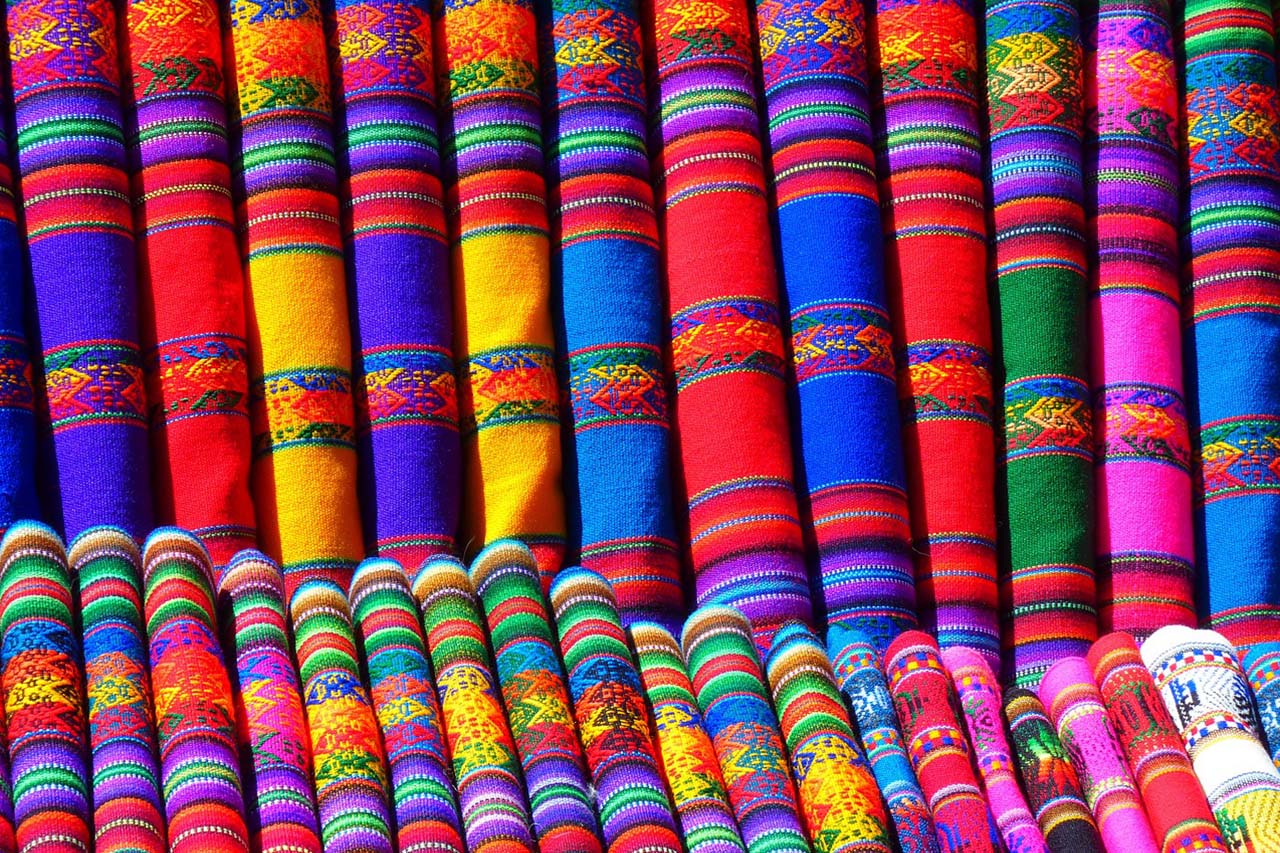When it comes to selecting clothes, one of the most crucial decisions is choosing the right fabric. The fabric not only determines the look and feel of the garment but also plays a significant role in comfort, durability, and maintenance. With a plethora of options available, understanding the factors that influence fabrics choice can help you make informed decisions and ensure that your clothing meets your needs and preferences.
Factors Influencing Fabric Choice
1. Comfort and Feel
The comfort and feel of a fabric against your skin are paramount considerations when choosing clothing. Soft, breathable fabrics like cotton, linen, and bamboo are ideal for everyday wear, especially in warm climates, as they allow air to circulate and wick away moisture. Fabrics with a smooth texture, such as silk and satin, offer a luxurious feel and are perfect for special occasions. Consider the intended use of the garment and opt for fabrics that feel comfortable and pleasant against your skin.
2. Durability and Longevity
Durability is another crucial factor to consider when selecting fabric, especially for garments that will undergo frequent wear and washing. Fabrics like denim, wool, and polyester blends are known for their durability and resistance to wear and tear. Look for tightly woven fabrics with strong fibers that can withstand repeated laundering without losing shape or color. Investing in high-quality, durable fabrics ensures that your clothing will last longer and maintain its appearance over time.
3. Ease of Care
The ease of care of a fabric is an essential consideration for many consumers, particularly those with busy lifestyles. Fabrics that are machine washable and require minimal ironing, such as cotton and polyester blends, are convenient options for everyday wear. On the other hand, delicate fabrics like silk and wool may require special care, such as dry cleaning or hand washing, which can add to the maintenance costs and time investment. Choose fabrics that align with your lifestyle and preferences for ease of care and maintenance.
4. Climate and Seasonality
The climate and seasonality of your location play a significant role in determining the most suitable fabrics for your wardrobe. Lightweight, breathable fabrics like cotton, linen, and chambray are ideal for hot and humid climates, as they help regulate body temperature and keep you cool and comfortable. In colder climates, insulating fabrics such as wool, cashmere, and fleece provide warmth and protection against the elements. Consider the climate and weather patterns in your area when selecting fabrics for your clothing to ensure maximum comfort and functionality.
5. Style and Aesthetic Appeal
The style and aesthetic appeal of a fabric contributes to the overall look and feel of the garment. Different fabrics drape and behave differently, which can affect the silhouette and visual impact of the clothing. For example, lightweight, flowing fabrics like chiffon and silk create a romantic, ethereal look, while structured fabrics like denim and tweed lend a more tailored and polished appearance. Consider the desired style and aesthetic of the garment when choosing fabrics to achieve the desired look and effect.
Conclusion
Choosing the right fabric is essential for creating clothing that not only looks good but also feels comfortable, lasts long, and aligns with your lifestyle and values. By considering factors such as comfort, durability, ease of care, climate suitability, and aesthetic appeal, you can make informed decisions and build a wardrobe filled with garments that reflect your style and preferences.
Frequently Asked Questions (FAQs)
Ans. The quality of fabric can be assessed based on several factors, including the fiber content, weave or knit structure, and finish. Look for fabrics made from high-quality fibers such as long-staple cotton, wool, and silk, which are known for their durability and luxurious feel. Inspect the fabric for evenness of texture, strength of seams, and absence of defects or irregularities. Additionally, consider the reputation of the fabric manufacturer or brand and read reviews from other consumers to gauge the overall quality of the fabric.
Ans. If you have sensitive skin, it’s essential to choose fabrics that are gentle and non-irritating. Natural fibers like cotton, bamboo, and silk are hypoallergenic and breathable, making them ideal choices for sensitive skin. Avoid synthetic fabrics like polyester and nylon, which may cause irritation and discomfort. Additionally, look for fabrics that have been treated with eco-friendly dyes and finishes to minimize the risk of allergic reactions.
Ans. To prevent clothes from shrinking, it’s essential to follow the care instructions provided by the manufacturer and take appropriate measures during laundering. Avoid washing garments in hot water or using high heat settings on the dryer, as this can cause fibers to shrink and fabric to distort. Instead, opt for cold water wash cycles and air drying or use low heat settings on the dryer. Additionally, consider preshrinking fabrics before sewing by washing and drying them according to the care instructions to minimize further shrinkage.
Ans. Yes, there are several eco-friendly fabric options available that are made from sustainable, renewable resources and produced using environmentally friendly processes. Organic cotton, bamboo, hemp, and lyocell (Tencel) are examples of natural fibers that are grown and harvested without the use of synthetic pesticides or fertilizers. Additionally, recycled fabrics made from post-consumer waste materials such as plastic bottles and textile scraps offer a sustainable alternative to conventional fabrics. Look for eco-friendly certifications such as Global Organic Textile Standard (GOTS) and OEKO-TEX Standard 100 to ensure that the fabric meets rigorous environmental and social criteria.










Comments are closed